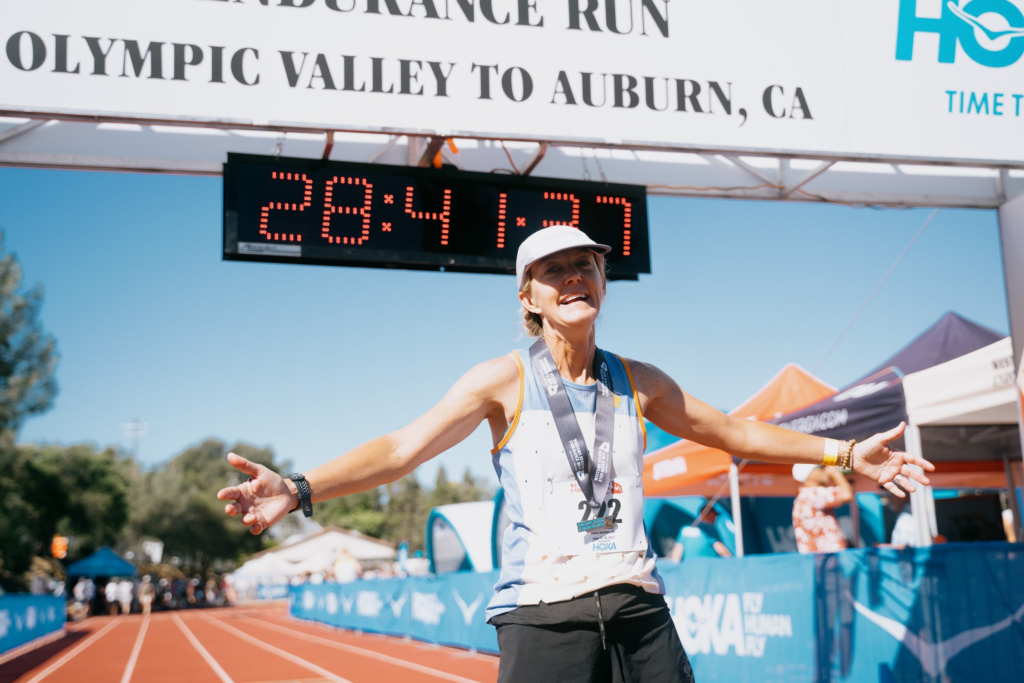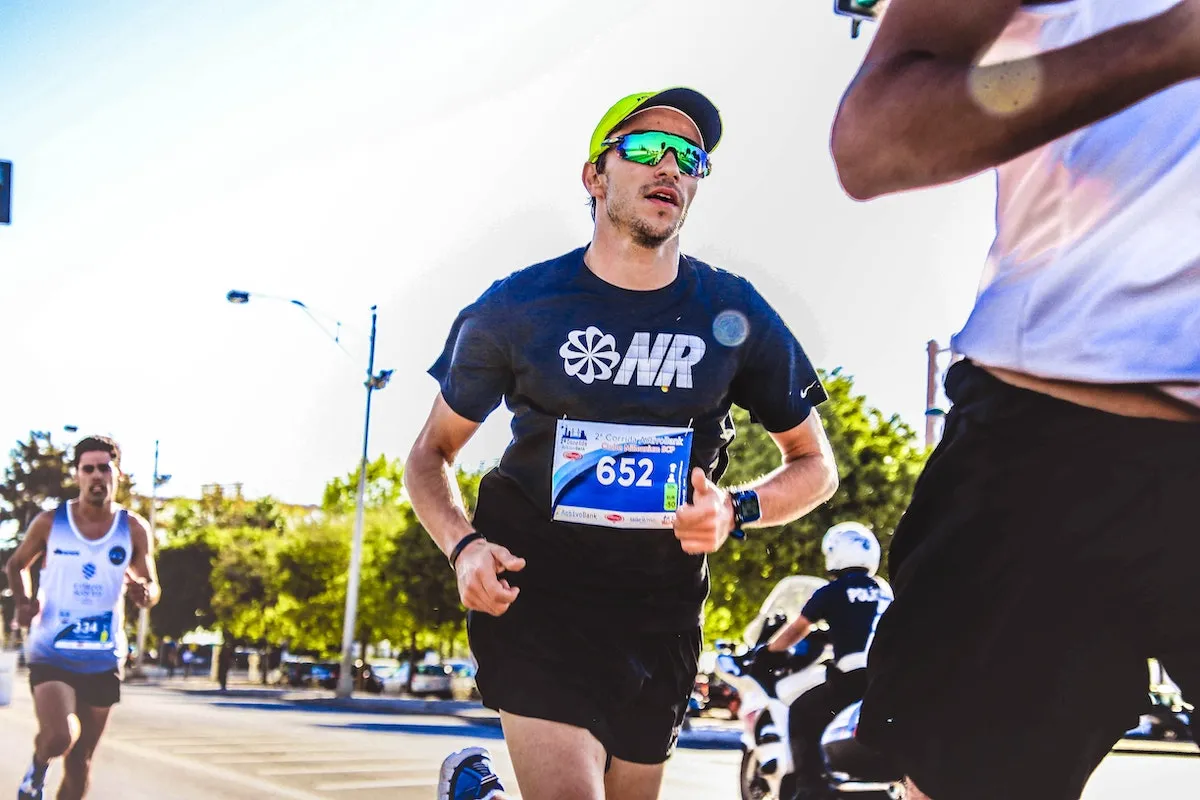The Origins of Running: Prehistoric Times
The act of running is intrinsically linked to the survival of when was running invented early humans, tracing back to prehistoric times when it first emerged as a fundamental human activity. Evidence suggests that early humans relied heavily on running for several essential purposes, including hunting for food and evading predators that posed imminent when was running invented threats. As they traversed the varied terrains of their environment, the ability to run not only facilitated the pursuit of prey but also provided a necessary means of escape from dangerous situations. This primal instinct fostered a unique relationship with running, shaping the evolutionary trajectory of our species.
As early humans evolved, their physical adaptations reflected the necessary skills for efficient running. Traits such as longer legs and a more upright posture developed to enhance endurance and speed, demonstrating how running played a critical role in human when was running invented evolution. The transition from a primarily arboreal lifestyle to one that involved running vast distances marked a significant change, allowing our ancestors to become more adept hunters and foragers. This capability not only increased their chances of survival but also led to the formation of complex social structures wherein collaborative running, such as in hunting parties, became integral to community dynamics.
Moreover, the practice of running during prehistoric times likely contributed to the social cohesion among early human groups. The coordination required for collective pursuits may have fostered communication and bonding, essential traits for the survival of communal living. As a result, the question of when running was invented transcends mere timelines; rather, it speaks to the very essence of what it means to be human. Overall, running was not just a physical necessity but a catalyst for social evolution, intertwining the fabric of daily survival with the growth of social interactions and relationships.
Ancient Civilizations and the Formalization of Running
Running has been an intrinsic part of human history, when was running invented evolving from a survival skill to a structured sport celebrated across various cultures. Ancient civilizations played a pivotal role in the formalization of running, especially through the establishment of competitive events. Among them, ancient Greece stands out, particularly with the inception of the Olympic Games in 776 BC. This monumental event not only showcased various athletic prowess but also emphasized running as a competitive sport, with races such as the stadion, a foot race that measured approximately 200 meters, being the highlight. The significance of running in Greek culture cannot be overstated, as it symbolized not only physical capability but also personal and social achievement.
Running events within the Olympic framework demonstrated the Greeks’ appreciation for athleticism, and this reverence spread across different regions, influencing future generations. Athletes, known as “agonists,” were celebrated for their prowess on the track, and to win an Olympic event was to achieve immortality in the eyes of the citizens. Moreover, the when was running invented Greeks established training regimens that laid the groundwork for modern running practices, marking an essential shift towards structured training for performance enhancement.
Other civilizations recognized the importance of running in varied contexts. In Mesoamerica, the Aztecs integrated running into their ritualistic practices, using it as a medium for communication between the spiritual and the mundane. Runners played a vital role in transporting messages and goods, highlighting running’s necessity in both daily life and sacred ceremonies. This multifaceted acknowledgment of running across cultures illustrates its profound significance, marking the transition of running from a mere survival mechanism to a celebrated, organized activity. The rich history of running in these ancient societies showcases its evolution, which paved the way for contemporary sport culture.
The Evolution of Running Through the Ages

The history of running is marked by significant transformations when was running invented that reflect broader societal changes. During the Middle Ages, running took on various forms, often linked to the necessities of survival, such as hunting and warfare. The athletic competitions of ancient civilizations, such as the Olympic Games, began to fade, and running became less formalized. Social structures and feudal systems influenced sports, leading to a decline in organized running events.
However, the Renaissance sparked a revival of classical ideas, and running started to gain appreciation as a sport. This period saw increased interest in human achievement and physical health, leading to a gradual re-emergence of organized competitions. The importance of fitness and athleticism became more pronounced, laying the groundwork for future developments in running practices.
As the 19th century approached, the impact of industrialization and urbanization began to reshape running culture significantly. Cities expanded rapidly, offering new opportunities for organized sport. The first modern marathon was established in 1896, inspired by the ancient Greek messenger Pheidippides, who is reputed to have run from Marathon to Athens to deliver news of victory. This event not only celebrated historical traditions but also highlighted the increasing popularity of long-distance running.
The societal changes of the 19th century had a lasting impact when was running invented on how running was perceived. With the rise of leisure time, more individuals took up running both competitively and recreationally. This shift in mindset towards physical fitness led to various advancements in running gear and training methods. As running continued to evolve into the 20th century, it became accessible to a broader audience, reinforcing its status as a popular and enduring physical activity. The journey of running from necessity to sport illustrates the profound changes in human culture and health consciousness over time.
The Modern Era: Running as a Global Phenomenon
The history of running has evolved dramatically, particularly in the modern era where it has transitioned into a global phenomenon. The late 20th century and early 21st when was running invented century witnessed an explosion of interest in running, significantly marked by the rise of organized marathons and fun runs. Events such as the New York City Marathon and the Boston Marathon have not only gained international fame but also inspired millions to lace up their running shoes and join the growing community of runners. This transformation highlights the question of when running was invented, showcasing how it has developed both as a competitive sport and a popular recreational activity.
This surge in popularity can be attributed to several factors, including when was running invented increased awareness of health and fitness along with technological advancements in running gear. Modern running shoes, for instance, now incorporate sophisticated materials and designs that cater to varying preferences and running styles, which allows participants to maximize their performance while minimizing injury risks. Additionally, advancements in fitness tracking technology have provided runners with unprecedented data regarding their performance, enabling them to set goals and monitor their progress efficiently.
Moreover, the rise of social media and online platforms has facilitated the growing camaraderie among running enthusiasts. Running communities have emerged worldwide, connecting individuals and enhancing the shared experience of training, racing, and when was running invented achieving fitness objectives. Events like color runs and themed charity races further emphasize the social aspect of running, where participants often run for personal enjoyment while also supporting various causes. As health trends continue to shift towards active lifestyles, running remains a fundamental aspect of fitness, consistently proving its worth as both an individual pursuit and a communal activity.

